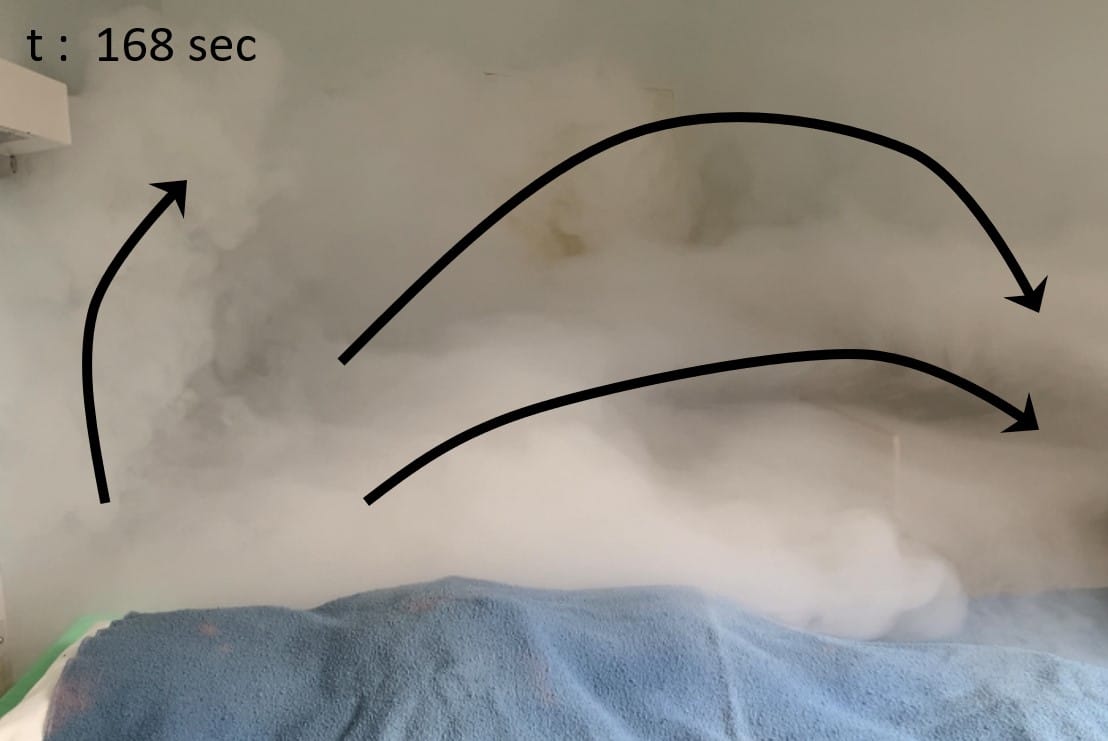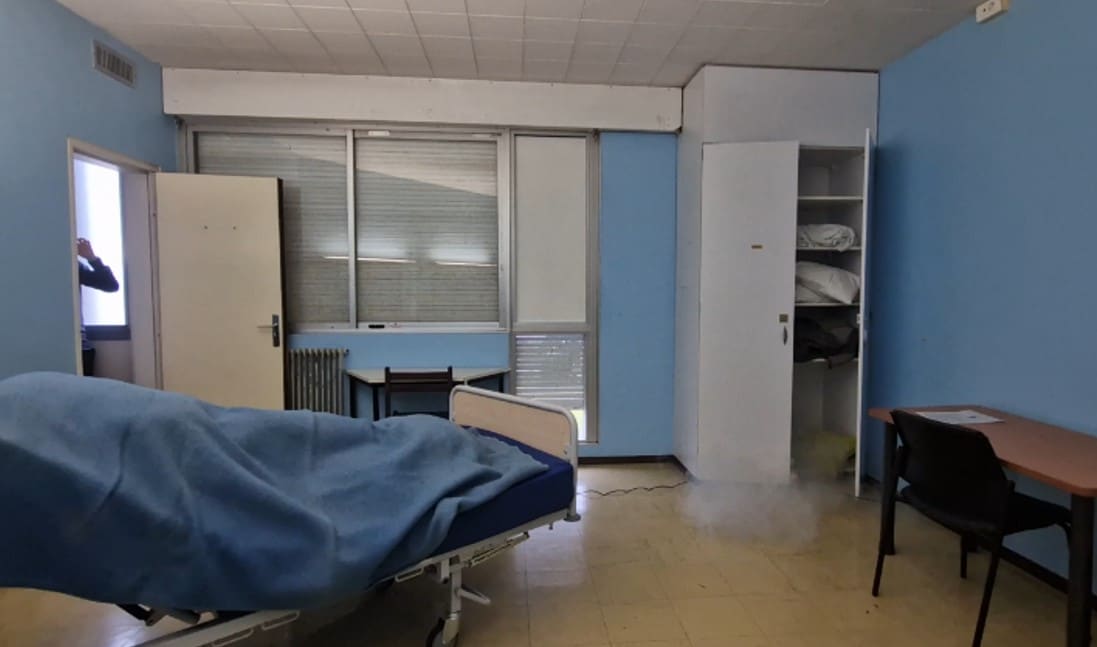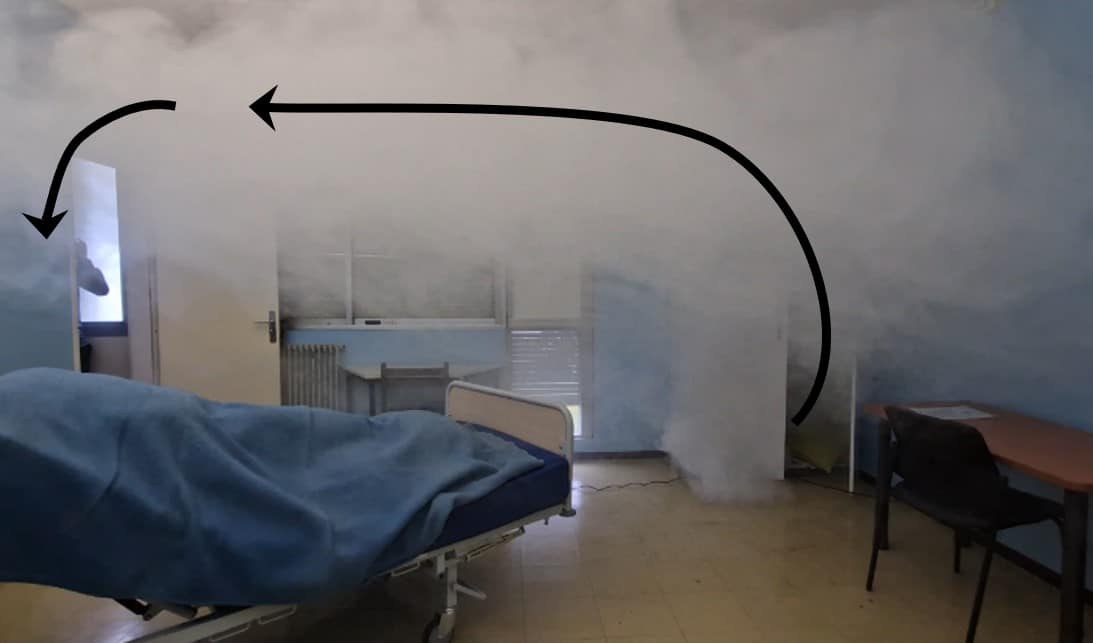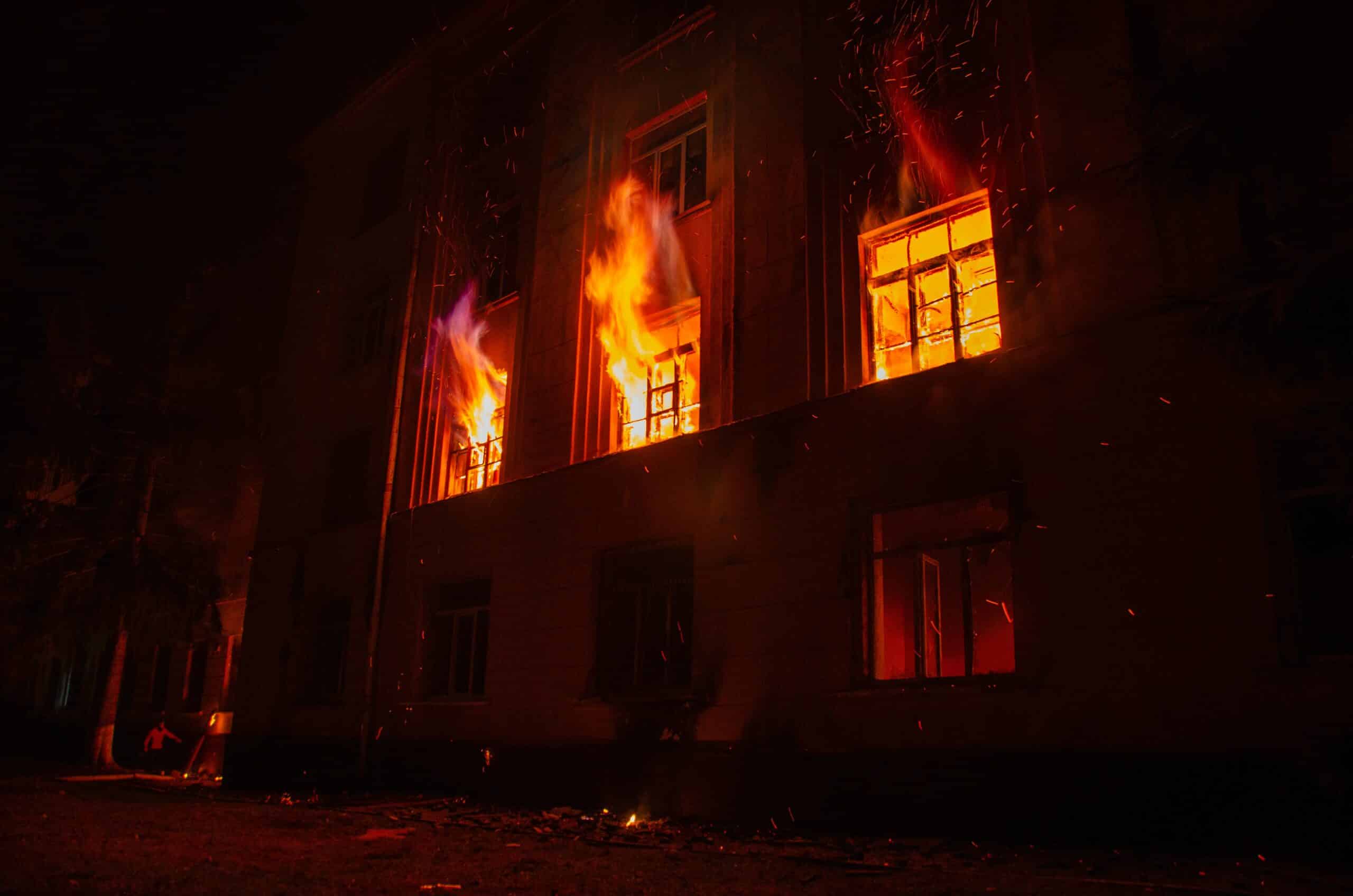Smoke tests – smoke extraction
Accueil » Expertise » Smoke Control Engineering » Smoke tests – smoke extraction
EOLIOS, a unique know-how in Europe
- A passionate team
- Equipment qualification
- Hot smoke tests
- Airflow audit
- Cold smoke tests
- Flow measurement
Learn more:
Our projects :
EOLIOS is a CFD design office that specializes in the study of thermal and aeraulic phenomena related to the risks of fire outbreaks and the design of smoke extraction systems.
We offer our technical expertise to model and simulate these phenomena in order to advise you on how to solve the problems encountered in your projects in the field of fire safety. We are able to propose solutions adapted to these problems in order to optimize safety and fire prevention.
What is a smoke test in smoke control engineering?
What is the purpose of smoke control engineering?
The purpose of smoke extraction is to extract, at the beginning of a fire, a part of the smoke and combustion gases in order to maintain the pathways intended for the evacuation of the public. In addition, smoke extraction engineering is also intended to limit the spread of fire and facilitate the intervention of emergency services.
The IT246 standard (or Technical Instruction 246) specifies the rules for smoke extraction in establishments open to the public (ERP).
It describes solutions to ensure the sheltering of smoke or smoke extraction from stairways, horizontal circulations, compartments and premises. The specific provisions, specific to each type of establishment, are also specified. This standard is used to ensure the safety of people in case of fire.
The technical instruction relating to smoke control in establishments open to the public describes the various possible solutions to be implemented.


Smoke tests of the study of a fire outbreak in a hospital room
What is a smoke test?
Smoke tests may be required by the safety commission or the control offices. It can be carried out by ERP owners and operators during construction, or during operation in the event of modifications to existing smoke extraction systems, in order to comply with preventive and protective measures to ensure personal safety.
A smoke test is a test in which smoke is produced in an enclosed space to study its movement.


Smoke tests of the study of a fire outbreak in a hospital room - storage space
How does a smoke test work?
What is the difference between a cold smoke test and a hot smoke test?
- The “cold smoke” test is performed using non-toxic smoke at room temperature or slightly cooler. The smoke is produced by a smoke generator that vaporizes a solution of water and glycol, or other non-toxic substance, to produce visible smoke. These tests are generally performed when operational constraints require it or when the integrity of the premises must be maintained. These smoke tests are mainly used to study scavenging since the temperature of the smoke is generally similar to that of the air. The limitation of these tests is that the smoke generator does not have the behavior of fire fumes which are strongly subject to the effects of temperature.
- The “hot smoke” test uses smoke generated by a fuel burner, which produces smoke at a much higher temperature. These tests can be carried out during the construction phase or when the constraints of preservation of the structures are less restrictive (tunnel, parking lot…). The behavior of the smoke is similar to the behavior of smoke from a real fire by reproducing the stratification phenomena over several tens of meters around the fire. To carry out this type of test, we generally use combustion processes: the best known are the “Chardot mixture” and hydrocarbon tanks.
What are the different steps of a smoke audit?
According to these circumstances and the imperatives of the mission the choice of the type of smoke is made.
In the context of hot smoke tests, a typical fireplace can be proposed in order to obtain a heat output similar to a fire start consistent with the fuels available in the room.
During the smoke test, a generator is used to produce smoke inside the structure or spaces to be tested.
Why carry out a smoke test as part of smoke removal?
Smoke tests are used to verify that the smoke extraction systems and the various natural ventilation openings are in compliance. We analyze smoke nests in trapped areas and make structural and technical suggestions to keep smoke-free escape routes. With the help of videos, we Let’s illustrate the propagation of smoke. The tests allow to validate or to agree on the necessary measures in consultation with all those involved in the design.
This type of audit allows us to organize discussions with the control offices in order to justify the design with regard to an interpretation of the standard.




